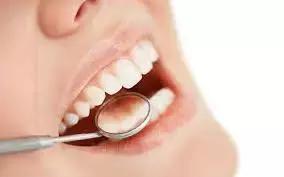Increased Release of Bisphenol A (BPA) and Associated Toxicity Risks
According to a recent study published in the Journal of Biomedical Materials Research Part B: Applied Biomaterials, the increased release of bisphenol A (BPA) is tied with high risks of local and systemic toxicity.
Study Aim
The main aim of this study was to perform an integrative review on the release of bisphenol A (BPA) from resin-matrix composites and potential toxic effects. A bibliographic search was performed on the PubMed platform using the following keywords:
- "Bisphenol A" OR "BPA"
- "resin composite" OR "composite resin"
- "toxicity" OR "cytotoxicity" OR "release"
Inclusion criteria involved in vitro and in vivo studies on the release and toxicity of bisphenol A (BPA).
Study Results
- The release of bisphenol A (BPA) from resin-matrix composites is due to insufficient polymerization and/or degradation of the polymeric matrix.
- Bisphenol A (BPA) is part of the organic matrix of resin-matrix composites and may be hydrolysed in human saliva, although studies report that low doses might not be detected by traditional chemical analysis.
- Studies exposing zebrafish embryos to different concentrations of Bis-GMA showed 55% mortality at 10 μM Bis-GMA while 30% mortality was recorded at 1 μM Bis-GMA.
- In patients, a bisphenol A (BPA) concentration of around 2.09 × 10−2 μg/ml was found in the saliva after placement of lingual orthodontic retainers with resin-matrix composites.
- The bisphenol A (BPA) molecule can be swallowed and absorbed by the oral/gastrointestinal mucosa, which might result in systemic toxicity.
- The degradation of resin-matrix composites and release of bisphenol A (BPA) in the oral environment are dependent on the organic matrix content and on the polymerization method.
Thus, the researchers concluded that an increased release of bisphenol A (BPA) can lead to absorption into oral and gastrointestinal mucosa with high risks of local and systemic toxicity.
Reference
An integrative review on the toxicity of Bisphenol A (BPA) released from resin composites used in dentistry by Lígia Lopes-Rocha et al. published in the Journal of Biomedical Materials Research Part B: Applied Biomaterials.



0 Comments
Post a comment
No comments yet. Be the first to comment!